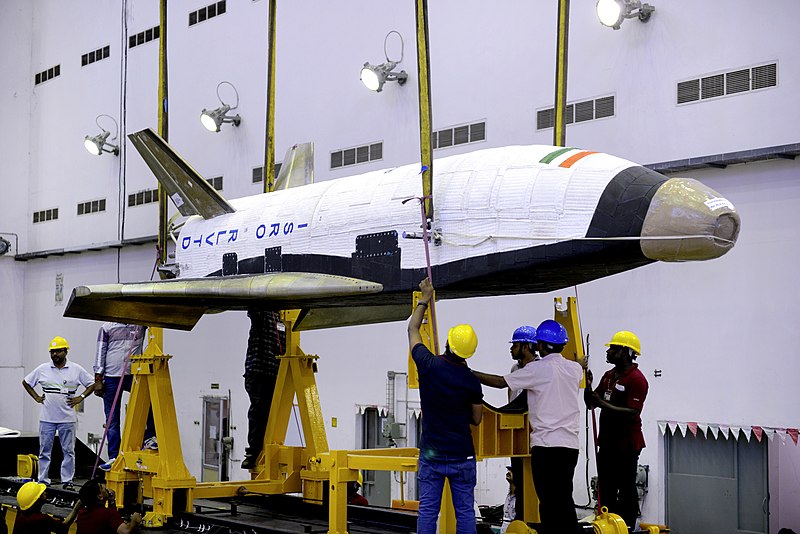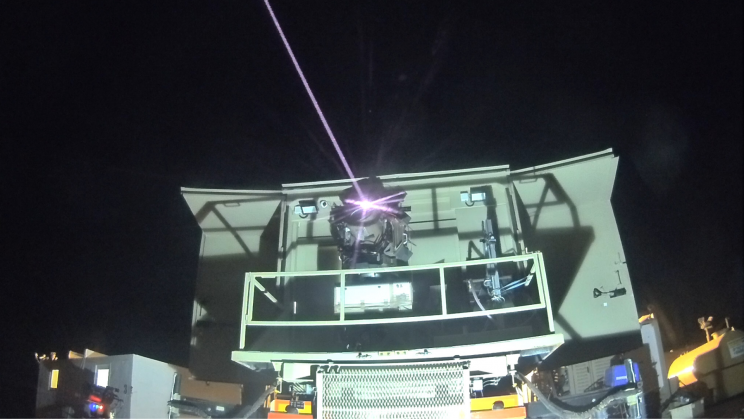Individual humans have been trying to tell the future for eons. We even have fortunetellers who claim the ability to look in the future, not to mention the past, to help us make decisions in our confusing and chaotic lives. It’s odd that fortunetellers haven’t become popular with city planners and others who are charged with overlooking thousands to millions of people. If fortunetellers can see into the future of an individual, why not a city or a country?
With tens of millions and billions of dollars on the line these days, governments and other planners have turned to forecasting experts and their forecasting models to do such things as forecast population growth in a given area so that preparation can be made to house people, build infrastructure to serve those people, and to promote commercial and industrial development as much as a century into the future.
How Good are Forecasting Models?
Most forecasting models are a combination of statistical concepts and principles that are used to model a large number of time series behaviors. As with everything else created by humans, nothing is perfect, but there are strengths, weaknesses, and applications of forecasting models that help decision-makers discuss and examine trends and better understand future challenges.
Because of the rapid advance of sophisticated software, the forecasting process is becoming more dependable, and clients can increasingly depend on reasonably accurate analytics to help them in strategic planning and investment.
Simple and Complex Forecasting Models
Some models involve linear extrapolation which is simple and deterministic. Time series models are helpful to determine which variables are most important in building knowledge about a subject. Other models are more complex, such as Stochastic models which are used for adaptive forecasting in which random variation is used based on historical data.
Judgemental vs. Mathematical Models
According to forecasting experts, when data is not available for a given problem, judgemental forecasting that includes intuitive judgments, opinions, and subjective probability estimates are used and generally perform better. On the other hand, when large amounts of data are available, judgemental forecasts don’t do as well as mathematical models.
In today’s world of rapidly increasing collected data from a myriad resources, forecasting models should dramatically improve as data scientists get their hands on more grist for the mill.






